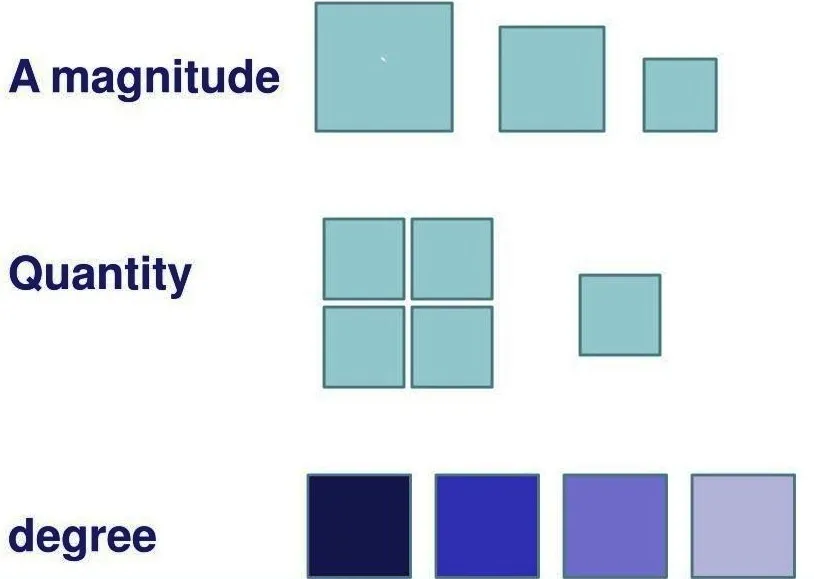If you want to know about the scale in architecture or proportion in architecture or theory of proportion, please click the link.
Scale refers to the relationship of an object’s size to a standard measurement, such as a human body or the surrounding environment. Proportion refers to the balance of different parts in relation to each other and to the whole composition.
In architecture, these principles are used to create harmonious and aesthetically pleasing designs, taking into consideration the human scale and the surrounding context.

Good use of scale and proportion can enhance the functionality and beauty of a building, while poor use can result in a discordant and unappealing design.
Scale and proportion play very important roles for architecture. Proportion refers to the proper and harmonious relation of one part to another or to the whole, while scale refers to the size of something compared to a reference standard or to the size of something else (like a human being).
1) Scale
- Scale refers to the size of an object (a whole) in relationship to another object. Scale refers to the relationship between two or more objects, one that has a commonly known size.
- In most cases, the size of objects is compared to our own human scale. The relative size of different objects or of an object to a common standard.
- It is a progressive classification of some quality like size, amount, importance, or rank.
- A single object has no scale until it’s seen in comparison with something else.

- People judge the scale of something as per body size. Probably the most widely recognized descriptors that apply to scale include:
- Life-sized
- Miniature
- Oversized
- Enormous
- When an artist or designer chooses to make particular objects oversized or miniature, it is often to emphasize their importance or encourage a new perspective.
Example
- Michelangelo’s sculpture David represents the Renaissance emphasis on the ideal, based on the ancient Greek model of the ideal: rationality reflected in the portrayal of perfection in the human body.

This image is an excellent illustration of both scale and proportion in art.
- The scale of this overwhelming figure is larger than life: over 13 feet tall.
- In addition, it is placed on a pedestal taller than the average human, so that the sculpture towers far above the viewer. This gives it a sense of godlike grandeur.
- The proportions within the body are based on an ancient Greek mathematical system which is meant to define perfection in the human body.
- Ironically, this powerful representation of perfection is based on the biblical story of David, a small, humble shepherd boy who defeated the giant Goliath with one slingshot.
- This makes it an effective expression of the ideology of the Renaissance: mankind in all’s its humility raised to the ideals of rationality, order, and scientific objectivity.
- Some toys are miniatures of actual objects. For example, scale model cars, trains and dollhouse furnishings replicate real objects on a smaller scale.

In the photo Above, the man’s hand gives you a good idea of the actual size of the toy rail car. Scale model toys give children the power to manipulate realistic objects that are otherwise too big for them to manage.
2) Types of Scales
In architecture we deal primarily in Three scales:
- Human Scale: Refers to the size and proportion of buildings, spaces, and objects in relation to the human body.
- Intimate Scale: Refers to small and cozy spaces, often with a low ceiling height and an enclosed feel.
- Monumental Scale: Refers to large and grand structures, often with an emphasis on symmetry, proportion, and grandeur.
These scales are important in architecture as they help to create a sense of hierarchy, balance, and visual interest in designs. They also play a role in shaping the way that people experience and feel in the built environment, and can influence their sense of comfort, safety, and well-being.
By considering these scales, architects and designers can create environments that are functional, accessible, and visually appealing for people to use and enjoy.
There is also another kind of scale which uses exaggeration. It is known as Hierarchical Scale
If you want to know more about the scale in architecture, please click the link.
3) Proportion
Proportion in architecture refers to the relationship between the different elements and components of a building in terms of size, scale, and visual balance. Proportion is an important design principle that helps to create a harmonious and aesthetically pleasing composition.
It involves the calculation of ratios and the use of mathematical ratios and geometric forms to determine the size and placement of architectural elements. For example, the golden ratio, 1:1.618, is often used in architectural design to create proportion and balance in a building.
This can be seen in the relationship between the height of a building and its width, or in the placement of windows, doors, and columns. The use of proportion can also be seen in the use of classical orders, such as the Doric, Ionic, and Corinthian columns, which have specific ratios between the height, width, and base of the columns.
Proportion refers to proper or harmonious relation of one part to another or the whole. This relationship might be.
- A Magnitude
- Quantity
- Degree

- “Proportion” refers to the relative size of visual elements within an image. It also refers to the equality between two ratios in which the first of the four terms divided by the second equals the third divided by the fourth.

- A proportioning system is based on a basic ratio that is continued in certain multiples.

4) Proportioning system
A proportioning system in architecture refers to a set of rules or guidelines that dictate the relationships between the various elements and components of a building in terms of size, scale, and visual balance. Proportioning systems aim to create a harmonious and aesthetically pleasing composition through the use of mathematical ratios and geometric forms.
There are several different proportioning systems used in architecture, including the golden ratio, the Fibonacci sequence, the Vitruvian system, and the modular system.
- The golden ratio, for example, is a mathematical ratio of 1:1.618 that is often used in architectural design to create proportion and balance in a building.
- The Vitruvian system, on the other hand, is a system of proportioning that was developed by the ancient Roman architect Vitruvius and involves the use of mathematical ratios to determine the size and placement of architectural elements.
- The modular system, also known as the Modulor, is a proportioning system developed by the French architect Le Corbusier. It involves the use of a unit of measurement, known as the Modulor, that is based on the human body and is used to determine the size and placement of architectural elements.
Each proportioning system has its own unique set of rules and guidelines, and each system may be used differently depending on the type of building being designed. Regardless of the system used, the goal is always to create a harmonious and aesthetically pleasing composition through the use of mathematical ratios and geometric forms.
- Throughout history, it has been realized that a proportion system can assist both the ordering and also the perception of buildings.
- Proportioning systems provide an aesthetic rationale for the dimensions of form and space.
- They can visually unify the multiplicity of elements in an architectural design by having all of its parts belong to the same family of proportions.
- They provide a sense of order in the facades and spaces of architectural works.
- A number of theories of “desirable” proportions have been developed in the course of history.
If you want to know about the proportion in architecture or theory of proportion, please click the link.